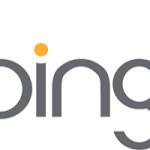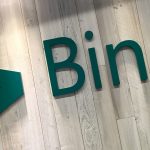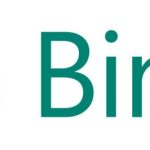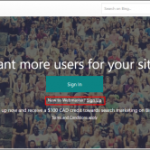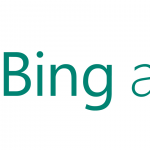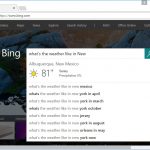Bing Ads Investments Up 22%, CPCs Fall
Bing Ads Investments Up 22%, CPCs Fall
by Laurie Sullivan @lauriesullivan, October 25, 2017
For the first time, iProspect detailed quarterly Bing Ads data in its quarterly report. While the agency has been tracking Bing data for its clients throughout the years, it has not appeared in this report. In Q3 2017, investments rose 22% year-over-year across iProspect clients. Search investment rose 21%; and Shopping, 37%.
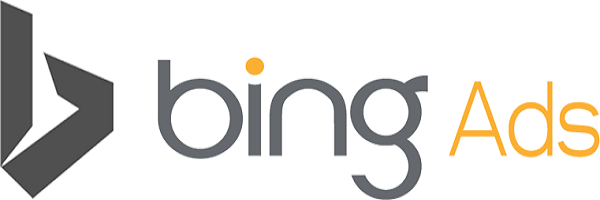
Impressions and clicks fell 6% and 13%, respectively, as a result of a 40% year-over-year(YoY) increase in cost per click (CPC). This CPC increase was most notable across search campaigns, which rose 43% YoY, while Shopping campaigns increased 7% YoY. iProspect attributes the rise to a possible increase in competition as more advertisers invest in Bing Ads on mobile and desktop.
The report also notes that on Bing, click-through rates (CTR) rose 7% YoY across Bing Search campaigns, while the search engine saw Shopping campaign CTRs fall by 52% YoY. This drop was influenced by greater numbers of advertisers adopting Bing Shopping as a standard component of their overall Search programs.
“A lot of Bing’s growth comes down to the success of Windows 10,” said Jessica Freistat, director of paid search at iProspect.
Consumers remain divided when it comes to search engines. While Google holds the vast majority of search market share for mobile and desktop, Microsoft could move in to own search on desktops in business as Google continues to focus on mobile. Freistat acknowledges that investments in Bing Ads continue to rise at a faster rate among business-to-business customers.
“Certain verticals also might see some greater investments based on Bing’s desktop focus,” she said.
The report also notes a decline in the cost per click. It calls out an overall 5% sequential decline. The primary factor contributing to the decline is higher investments in mobile on Google, where CPCs remain lower than desktop. CPCs for mobile Shopping product listing ad,s which is growing at a faster clip, are also lower than traditional search ads.
CPCs also continue to decline on desktop, according to the iProspect Paid Search Trends third quarter 2017 report.
Freistat attributes the overall decline of CPCs to several factors, including increased budgets in mobile Shopping ads. Desktop CPCs on non-trademark terms have also declined. Google’s ad rank algorithm, updated in May 2017, is a factor in this, Friestat says.
iProspect analyzed the change based on the impact to its client’s brand and non-trademark campaigns running on desktop. Campaigns with branded keywords in the query CPCs rose 8%. On non-trademark terms, iProspect saw a 4% decline, explains Freistat.
“Google’s quality score with the algorithm update put more emphasis on a bid, impacting branded queries much more than non-branded,” she said. “On non-trademarked terms, the quality score benefited advertisers less, so they saw a slight cost benefit as a result of the ad-rank change.”
Advertisers note increases of search click-through rates (CTRs) across some advertisers resulting from running tests of expanded text ads, as well as ongoing adoption of audience targeting, which positively influences ad relevance, CTR, and quality score.
Q3 Google Shopping volume continued to grow at a faster rate on mobile than any other device, with mobile impressions increasing 93% YoY and clicks increasing 54% YoY. Desktop clicks rose 30% and tablet clicks fell 2% YoY.
MediaPost.com: Search Marketing Daily
(32)



